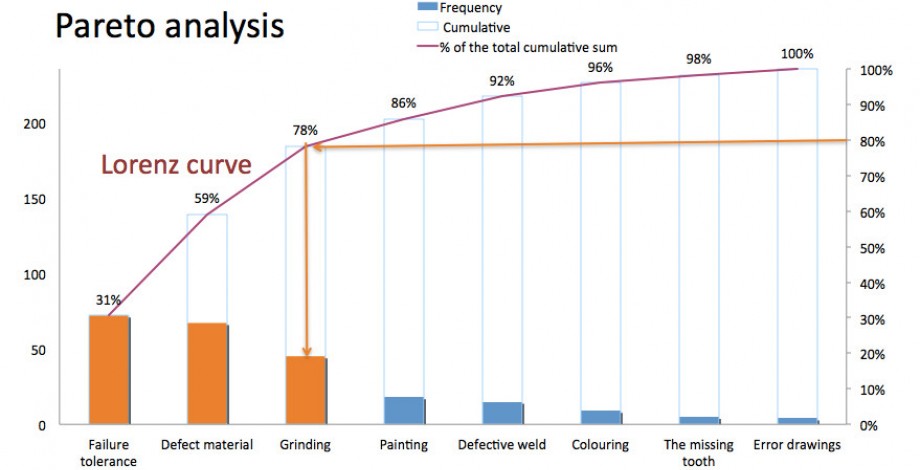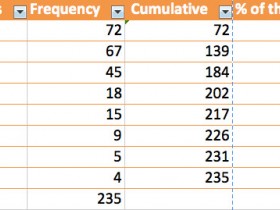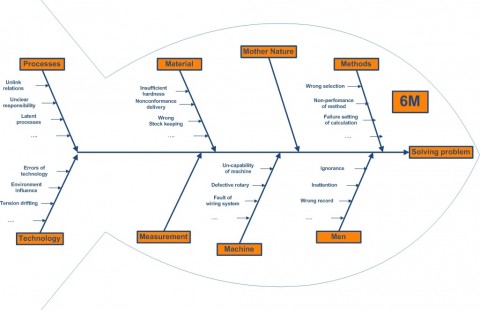Pareto analysis - a method that helps to set priorities for addressing the root problems of the company. V. Pareto defined that 80% of the effect is caused by only 20% of the causes. If we want to eliminate 80% of the losses, focus activities only predefined problems in the range of 20%.
A Pareto analyze has been prescribed by Italian economist Vilfredo Pareto. In 1897 year he found out that 80% of property is owned by 20% of the population. He originated a sociological system and specified that elite has the leading role. Elites exist in all areas of social life. Baseline to be elite classified is statistically identified success. Pareto focused on market balance theory as well. He tried to define economical optimum. The optimum could be achieved when market mechanism acts as perfect competition. In practice it should mean that not any company or another subject is not able to increase its prosperity in order to decrease prosperity somebody else.
Pareto analysis description
Most people assumed that 50% of efforts bring approximately 50% of results (or 50% of inputs create 50% of outputs). That was rebutted by Vilfredo Pareto. In his rule he rebutted the basic equilibrium between expended efforts and consecutive reward. Pareto analyze is based on principle saying:
20% of all our activities yield 80% of profit.
If it is so, then it doesn’t make sense to dwell consistently and equally on all activities. Appropriate approach is to focus on these activities having bigger effect. Lately, **80/20 Rule** is shorthand for the Pareto principle.
Pareto analysis is realized in a few steps:
- Definition of the analysis’s location – process selection, activities where we would like to increase the profit or efficiency. It can be used for complaints, nonconformities in production, administration, products success
- Data collection – there is a need to get relevant data for the analyze and write data down into table
- Data order – obtained data are sorted according to the greatest occurrence, frequency, weight or some other criteria. But always it is done from the highest to the lowest value.
- Lorenz (cumulative) curve – the curve is created as cumulative counts of data plotted in a chart.
- Decision criteria set up – it can be decide if the Pareto rule 80/20 will be used to solve 80% of noncompliance or we can decide to solve only 60% of the noncompliance, etc. Our choice is 80/20.
- Core causes identification – on the left axis of the chart created from data in the table select 80% value and draw a line on the chart until the Lorenz curve is crossed. From the cross point draw down a line to the horizontal axis, the line separates the causes we should focus on. The causes are the causes with the major impact on the results.
- Corrective actions determination – to eliminate causes which implicate losses or on the other hand to expand of the causes which increase profit.
Pareto principle application
Pareto rule has been applied in various areas not only in economy. Today, Pareto rule can be formed in the followings:
- 80% of profit is done by 20% of products
- 20% of activities yield 80% of profit
- 20% of your friends are worth 80% of your interest.
- 80% of production spoilage is incurred by 20% of causes
- 20% of holiday brings 80% of relaxation
- 20% of spent time brings 80% of knowledge

The Real | Interim Manager for Your Changes

Manager work model

Time management - making use of time effectively
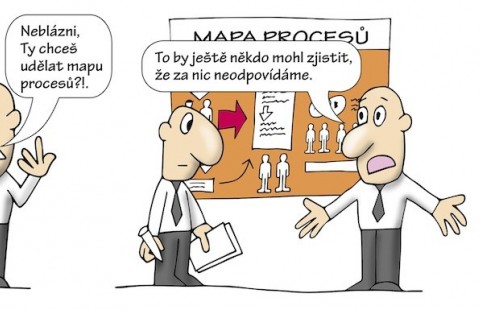
Jak správně tvořit mapu procesů

Modelling and setting the processes and procedures - ISO 9001

Training - preparation of the SWOT analysis and strategy
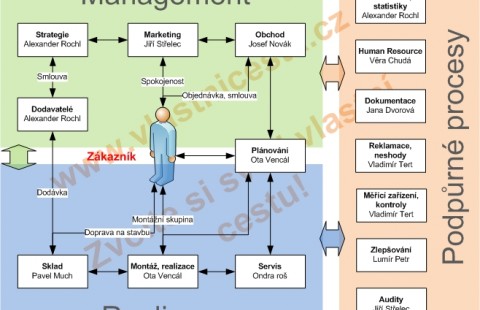
Company Management System of Quality Step by Step - ISO 9001
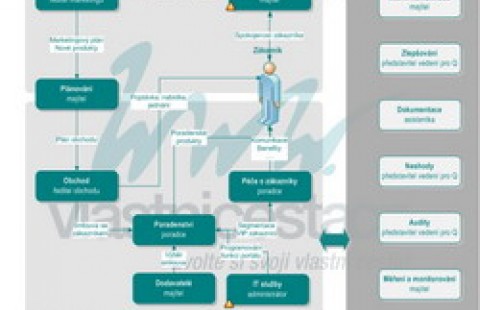
Process map acc ISO 9001 - business offer

IT staff communication
Pareto analysis can be used for SWOT analysis as well, where it can be used for significant strengths, weaknesses identification or identification of opportunities or threats.
Pareto analysis application areas
Apart from above mentioned areas the Pareto rule can as well be used for the following:
- production and service
- quality assurance
- economy
- management
- marketing
- psychology
- sociology
- etc.

